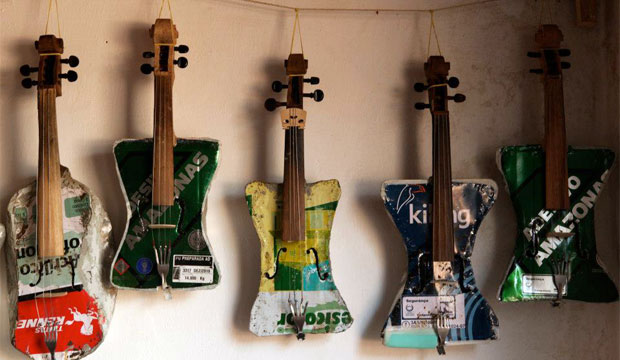Anúncios
Today we’re going to talk about recycling soap. Have you ever wondered what to do with those little pieces of soap left in your bathroom? Instead of throwing them away, you can recycle them and even help combat the hygiene crisis in underserved communities. Recycling soap is a simple and effective way to save money and contribute to sustainability. In this post, we’ll explore how you can reuse those soap scraps with three practical techniques.

The Importance of Soap Recycling
Recycling soap is not only a matter of economics, but also of public health. Studies show that 75% of household illnesses can be prevented with good hygiene practices, and handwashing with soap is crucial to preventing infections. However, the practice of washing hands with soap is not common in many areas, including both impoverished regions in Africa and developed urban areas. Therefore, reusing soap can be an effective way to increase access to soap and promote health.
Simple Technique: Decorative Soaps
If you’re looking for a quick and easy way to recycle your soap scraps, this technique is ideal. Here’s a step-by-step guide to creating decorative soaps:
- Materials Needed:
- Soap residue
- PVC or silicone mold
- Enamelled pan
- Preparation:
- Gather the small pieces of soap you have at home. Grind them into smaller pieces and place them in an enamel pot.
- Heat in a bain-marie, adding a few spoons of water to facilitate melting.
- When the soap is completely melted, quickly pour it into a mold of your choice.
- Let it cool for about 2 hours and then unmold.
This technique is great for creating personalized soaps for gifts or bathroom decor.
Elaborate Technique: Reusable Soap
For a more elaborate approach that allows you to create reusable soaps with a personal touch, follow this recipe:
- Materials Needed:
- 500 grams of leftover soap
- 30 ml of essence of your choice
- 15 ml of glycolic extract
- 25 ml liquid lauryl
- PVC or silicone mold
- Enamelled pan
- Preparation:
- Chop the leftover soap into small pieces and place them in an enamel pot. Heat over low heat until the soap is completely melted.
- Turn off the heat and pass the melted soap through a sieve to remove lumps and residue.
- Add the essence, glycolic extract and liquid lauryl. Mix well.
- Pour the mixture into the pan and let it cool for approximately 2 hours before unmolding.
This recipe is ideal for creating quality soaps that can be used at home or donated to charity.
Liquid Soap Technique
If you prefer to turn your soap scraps into liquid soap, follow these steps:
- Materials Needed:
- Soap bar remains
- Water
- Vegetable glycerin (optional)
- Pan
- Preparation:
- Gather the soap scraps until you have the same volume as a new bar of soap. Cut them into small pieces or grate them to make them easier to melt.
- Heat the soap pieces in a saucepan with approximately 8 to 9 cups of water until the soap is completely melted.
- Add 1 tablespoon of vegetable glycerin, if desired, to help moisturize your skin.
- Remove from heat and let rest overnight.
- After resting, use a whisk or mixer to stir the mixture until it reaches the desired consistency. Adjust the texture as needed.
- Transfer the liquid soap to reusable containers.
This technique is perfect for those who want to save money and create liquid soap for daily use.
Benefits of Recycling Soap
In addition to being an economical and sustainable practice, recycling soap offers several benefits. By reusing leftover soap, you reduce waste and help reduce the environmental impact of hygiene products. In addition, you can contribute to the health of underserved communities by donating recycled soap, improving access to hygiene in areas that need it most.
Now that you know the different soap recycling techniques, you’re ready to put these ideas into practice. Whether you’re creating decorative, reusable, or liquid soaps, soap recycling is an efficient way to make use of materials that would otherwise be thrown away. Try these techniques and share your results with friends and family to promote a more sustainable and healthy lifestyle.
If you’re interested in learning more about recycling and sustainability, consider taking an environmental education course. There are affordable, online options that offer certification and a deeper understanding of how to make a difference in the world.
For more information and recipes on soap recycling and other sustainable practices, keep following our blog and explore the courses available to become an environmental expert.
Check out other interesting facts about recycling clicking here.
Learn how to make art by recycling, Click here.


